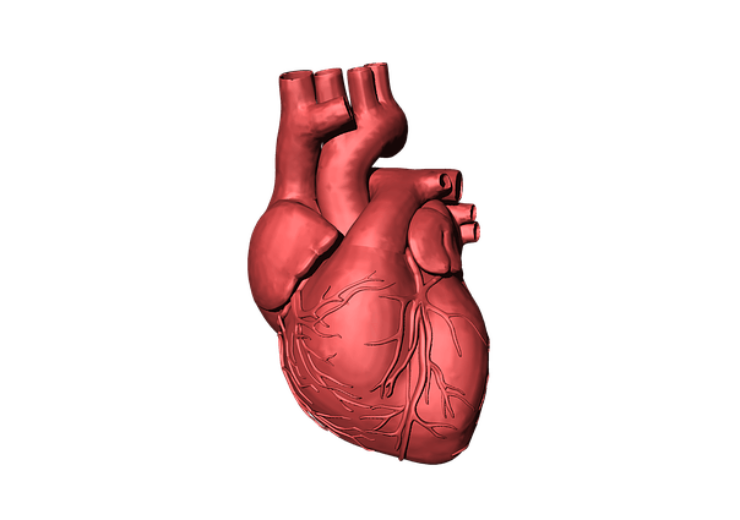Thoraguard is a next-generation digital drainage system designed to protect patients and improve the accuracy of post-operative clinical decision-making

First study of Thoraguard Digital Drainage System completed at Stanford University Medical Center. (Credit: Reaper DZ from Pixabay.)
Centese, Inc. today announced completion of the first clinical study of its Thoraguard® digital drainage system used in cardiac surgery at Stanford University Medical Center. Thoraguard is the first surgical drainage device to provide automated clog clearance without requiring human intervention, and digitally measures and displays hourly drainage volume and trends to facilitate clinical decision-making after cardiac surgery.
“Effective post-surgical drainage is critical to a patient’s wellbeing and recovery, and when chest tubes clog they can put patients at risk,” said Jack Boyd, MD, cardiothoracic surgeon and principal investigator of the study at Stanford University Medical Center. “We are enthusiastic about studying this new digital drainage system designed to clear chest tubes automatically. We have been impressed with the performance of the Thoraguard system and the promise it offers to reduce clogging and patient risk when used more broadly.”
The Stanford study encompassed 25 patients undergoing non-emergent cardiac surgery, such as coronary artery bypass surgery or heart valve replacement, with whom Thoraguard was used as the exclusive post-operative drainage system. The study evaluated the performance of the system and compared drainage-related complications with the center’s historical experience with traditional surgical drainage.
Earlier this year, the Journal of the American Medical Association (JAMA) Surgery published new guidelines for perioperative care in cardiac surgery endorsed by the Enhanced Recovery After Surgery (ERAS) Society. The group indicated there was an “unmet need to prevent chest-tube clogging” as most patients experience some degree of bleeding post-cardiac surgery, yet current drainage systems often clog with clotted blood, creating risk for patients. They gave their strongest recommendation to the maintenance of chest tube patency to reduce retained blood, noting that methods to actively clear chest tubes without breaking the sterile field can reduce complications. The group indicated there was no benefit to stripping chest tubes and cautioned against breaking the sterile field of chest tubes to remove clots, methods that are frequently used in current practice.
“The new society guidelines show the growing support in the cardiac surgery community for better post-operative drainage,” said Centese CEO Evan Luxon. “Thoraguard represents a leap forward by offering automated clog clearance along with accurate and objective digital information, empowering clinicians to provide the best possible care for their patients. We look forward to conducting additional clinical studies across both cardiac and thoracic surgery to further quantify the benefits of Thoraguard for patients and hospitals.”
Thoraguard can also be used in thoracic surgery to digitally measure and display air leak rate and 24-hour trends, which enables objective decision-making that can result in early patient ambulation and discharge when compared to traditional analog drainage systems.
Source: Company Press Release
